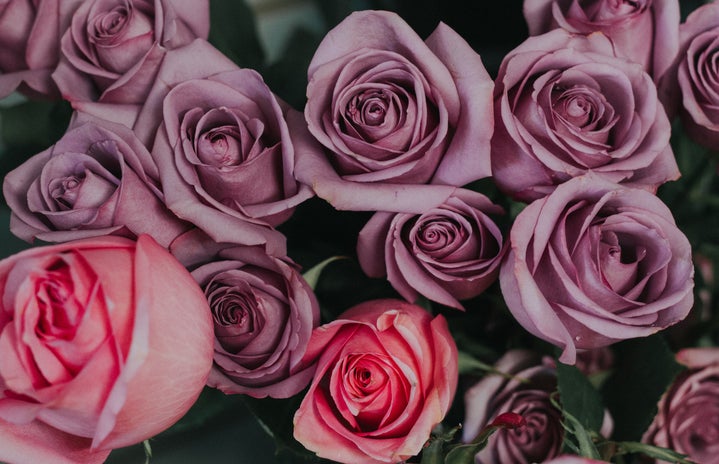While we are in the peak of springtime, it is important for us to appreciate the natural beauty of the season: the sun, the breeze, and the newly blooming flowers. As spring unfurls its vibrant palette, the blossoming flowers not only enchant our senses but also harbor a plethora of healing properties. Many of these seasonal blooms, commonly found in gardens and meadows, have been used in traditional remedies for centuries. From soothing skin irritations to alleviating seasonal allergies, the natural efficacies of spring flowers offer a gentle yet effective alternative for treating common at-home ailments. In this article, we delve into the colorful world of springtime flora, exploring how these blossoms can be harnessed to enhance our health and well-being right from the comfort of our homes.
Echinacea
Echinacea, often dubbed the “superhero of herbs,” packs quite the punch when it comes to healing. This spiky purple flower is a powerhouse of immune-boosting properties. Whether you’re battling a pesky cold or just need a little pick-me-up, echinacea is an easy and accessible remedy. Pop it in a tea or grab some capsules, and let this herb aid in your healing.
Common Rose
Roses have internal benefits as well as superficial ones; the medical benefits of roses include the treatment of inflammation, dysmenorrhea (painful periods), and stress. More superficially, rose water specifically has been proven by researchers at the NIH (National Institute of Health) to be a healthy skin agent, as it has important antibacterial properties.
Chamomile
Chamomile is one of the more commonly known herbal remedies, often found in relaxation or sleepy-time teas, meant to be sipped before bedtime to invite tranquility or enjoyed as a digestive aid after a hearty meal. So if you need a pre-bedtime tranquilizer or stomach relief, chamomile tea and syrups are cheap and accessible at most general stores.
Marigold
Marigolds, with their vibrant blooms and robust properties, stand as nature’s versatile healer. These golden flowers boast a range of benefits. From soothing skin irritations with their anti-inflammatory properties to deterring pests in the garden with their natural repellent abilities, marigolds prove to be a multifaceted ally in both wellness and horticulture.
In embracing the bountiful offerings of nature’s pharmacy, these flowers remind us of the boundless healing potential found in the simplest of blooms.
Remember, though, what works wonders for one person might not have the same effect for another. So, while these flowers can be a fantastic addition to your wellness arsenal, it’s always wise to listen to your body and consult with a healthcare professional for personalized advice.


